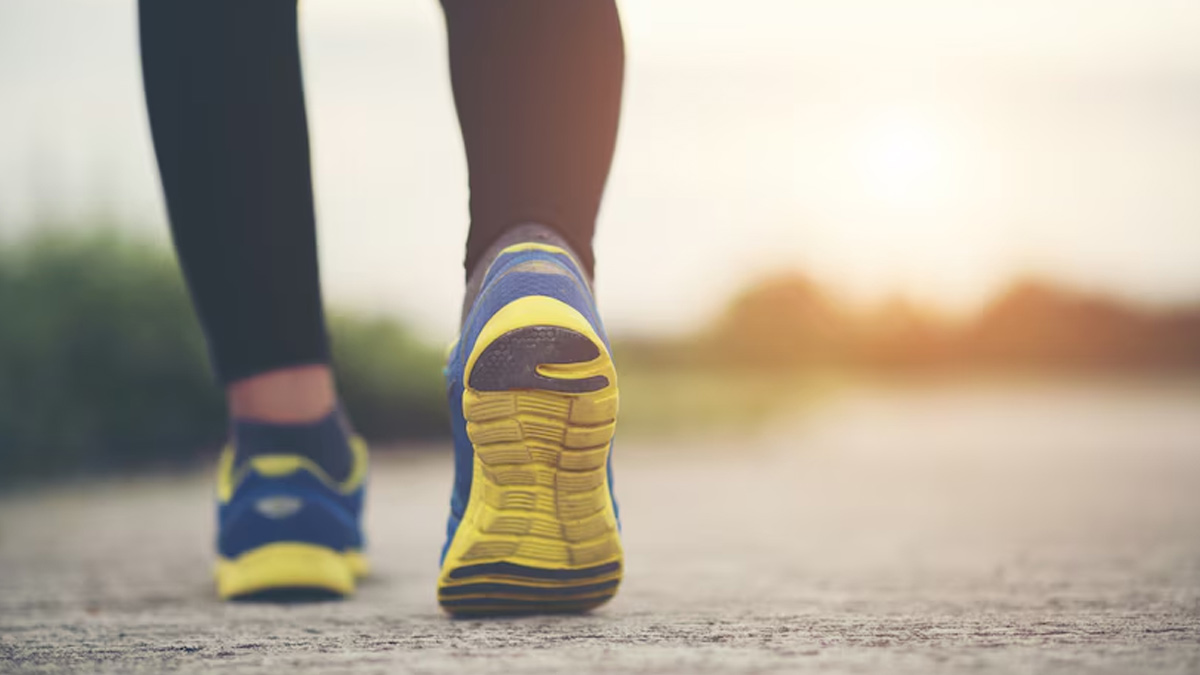
Lower back pain is a common ailment that affects millions of people worldwide, often disrupting daily activities and diminishing overall quality of life. While there are various treatments and exercises designed to alleviate this discomfort, one simple yet highly effective method is walking. This article explores how incorporating a daily walking routine can help reduce lower back pain and improve overall spinal health.
Table of Content:-
Understanding Lower Back Pain
Lower back pain can arise from a variety of causes, including poor posture, muscle strain, herniated discs, and degenerative conditions like osteoarthritis. The lower back supports the weight of the upper body and provides mobility for everyday movements. When the muscles, ligaments, and discs in this region are under constant strain or misalignment, pain and discomfort can occur.
Research has shown that walking may be one of the best exercises for back pain and it can reduce lower back pain flare-ups by almost 50%. Studies have also claimed that walking may be more effective than yoga for long-term back pain relief.
The Benefits of Walking for Lower Back Pain

Improves Posture
Walking encourages an upright posture, which helps align the spine and reduce strain on the lower back muscles. As you walk, your core muscles engage to stabilise your body, promoting better posture. Over time, this can alleviate pressure on the lower back and reduce pain.
Strengthens Core Muscles
According to Harvard Medical School, a strong core is essential for supporting the lower back. Walking engages the abdominal and lower back muscles, helping to build strength and endurance. This increased muscle support can reduce the likelihood of injuries and lower back pain.
Also read: Expert Shares Why Walking Backwards May Be Beneficial
Enhances Flexibility and Mobility
Walking helps maintain flexibility in the lower back and hip muscles. As you move, your joints and muscles undergo a gentle range of motion, preventing stiffness and enhancing mobility. Improved flexibility can reduce the risk of muscle strains and sprains that contribute to lower back pain.

Increases Blood Flow
Regular walking increases blood circulation throughout the body, including the lower back. Improved blood flow delivers essential nutrients and oxygen to the muscles and tissues, promoting healing and reducing inflammation. This can help alleviate pain and discomfort in the lower back.
Releases Endorphins
Physical activity, including walking, triggers the release of endorphins, the body’s natural painkillers. Research shows that endorphins interact with receptors in the brain to reduce the perception of pain. A daily walking routine can boost endorphin levels, providing natural pain relief and improving mood.

Promotes Weight Management
Excess weight can place additional strain on the lower back, exacerbating pain. Walking is an effective form of exercise for weight management, helping to shed extra pounds and reduce the burden on the lower back. Maintaining a healthy weight can significantly alleviate lower back pain.
Also read: Jogging Vs Walking: Expert Explains Which Is Better For Weight Loss?
Tips for Walking to Reduce Lower Back Pain

Start Slowly
If you’re new to walking or experiencing significant lower back pain, start with short, gentle walks. Gradually increase the duration and intensity as your strength and endurance improve.
Wear Supportive Footwear
Choose comfortable, supportive shoes that provide adequate cushioning and arch support. Proper footwear can prevent additional strain on your lower back.
Maintain Good Posture
Focus on maintaining an upright posture while walking. Keep your shoulders relaxed, engage your core muscles, and avoid leaning forward or backward.
Use a Flat, Even Surface
Walking on uneven terrain can exacerbate lower back pain. Opt for flat, even surfaces such as sidewalks, tracks, or treadmills to reduce the risk of injury.
Incorporate Stretching
Before and after your walk, perform gentle stretching exercises to warm up and cool down your muscles. Stretching the hamstrings, hip flexors, and lower back can enhance flexibility and reduce muscle tension.
Conclusion
Walking is a simple yet powerful tool for reducing lower back pain. By improving posture, strengthening core muscles, enhancing flexibility, increasing blood flow, releasing endorphins, and promoting weight management, daily walking can significantly alleviate lower back discomfort. Incorporate a regular walking routine into your daily life to experience these benefits and enjoy a healthier, pain-free back. Remember to start slowly, maintain good posture, and choose supportive footwear for the best results.
Also watch this video
Read Next
Celebrity Fitness: Ananya Panday’s Killer Hip Thrusts Are Perfect For Lower Body Strengthening
How we keep this article up to date:
We work with experts and keep a close eye on the latest in health and wellness. Whenever there is a new research or helpful information, we update our articles with accurate and useful advice.
Current Version